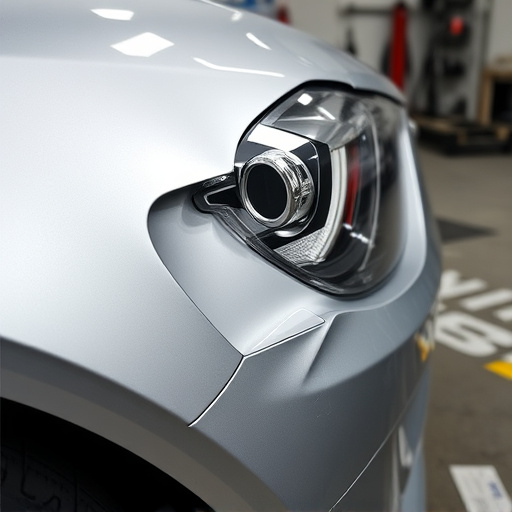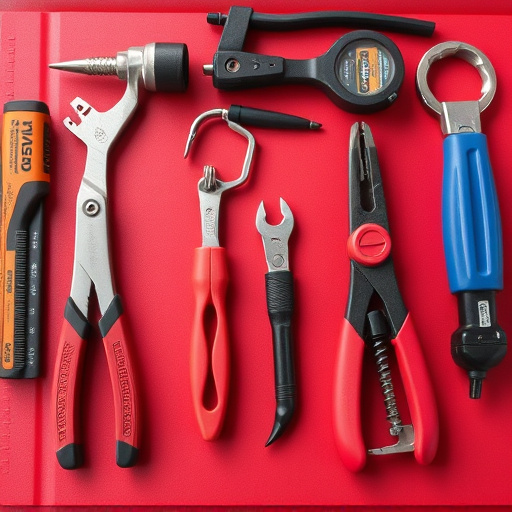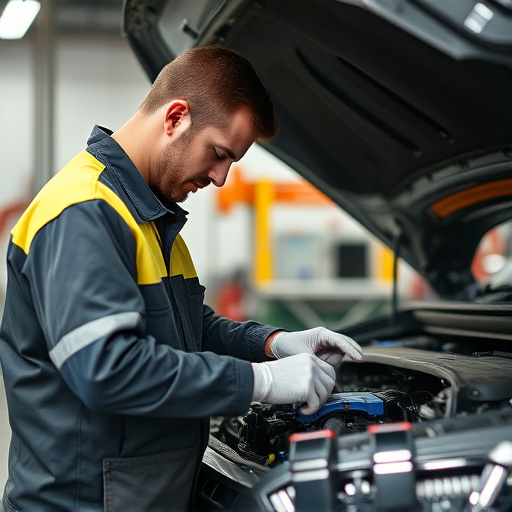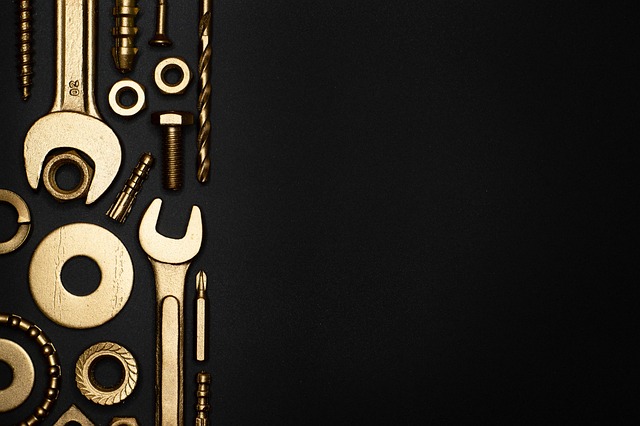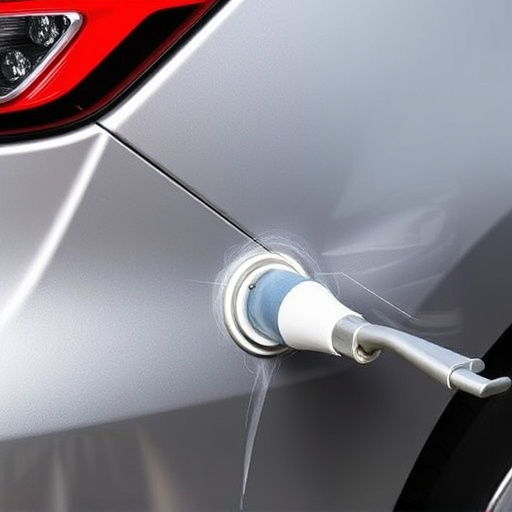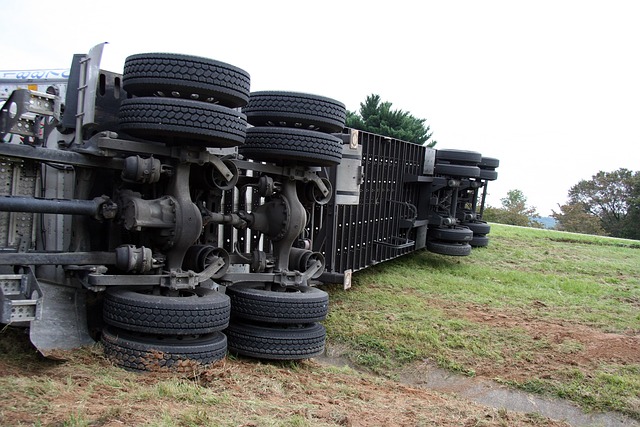A frame alignment service is vital for vehicle maintenance, optimizing performance, safety, and fuel efficiency. Regular checks prevent costly repairs, ensure peak efficiency of safety features, and are essential for long-term vehicle health. Best practices include adhering to quality standards, using advanced equipment, maintaining aligning equipment, staying current with technology, training staff, and implementing strict quality control. Continuous optimization through updates in equipment, techniques, and staff training ensures high-quality outcomes, a strong reputation, and repeat customers seeking top-tier collision repair solutions.
In today’s digital landscape, ensuring the longevity and precision of a Frame Alignment Service (FAS) is paramount for optimal performance. This article guides you through mastering the essentials of FAS, implementing robust best practices, and continuously optimizing processes to extend its lifespan. Discover key strategies to navigate challenges, enhance accuracy, and maintain peak efficiency, ultimately solidifying your FAS as a dependable cornerstone in your digital infrastructure.
- Understanding Frame Alignment Service Essentials
- Implementing Robust Best Practices
- Ensuring Longevity Through Continuous Optimization
Understanding Frame Alignment Service Essentials
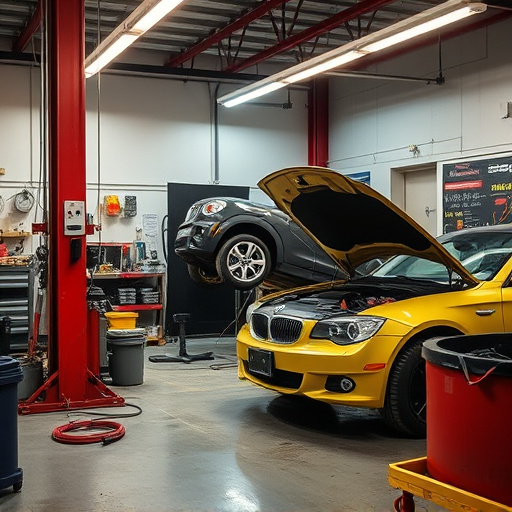
A frame alignment service is an indispensable component of vehicle maintenance, especially for those who value long-term performance and safety. It involves meticulously adjusting the structural framework of a vehicle, ensuring all components—from wheels to suspension—are aligned correctly. This process is crucial not only for maintaining the aesthetic integrity of the car but also for optimizing its handling, fuel efficiency, and overall roadworthiness.
When considering vehicle repair services or visiting a vehicle body shop, it’s essential to understand that frame alignment is more than just an optional service; it’s a fundamental practice that safeguards the structural health of your car. Regular alignment checks and adjustments, often recommended by manufacturers, help prevent costly repairs in the future. By addressing misalignments early on, you’re not just enhancing driving comfort but also ensuring the safety features of your vehicle—like brakes, steering, and stability control—operate at peak efficiency.
Implementing Robust Best Practices

Implementing robust best practices is paramount for ensuring the longevity and optimal performance of a frame alignment service. This involves adhering to strict quality standards throughout the process, from initial assessment to final adjustment. Trained technicians should employ advanced equipment capable of precise measurements and adjustments, minimizing the risk of errors that could lead to costly collision repair or car dent removal.
Regular maintenance checks and calibration of aligning equipment are essential practices to prevent malfunctions. Keeping up with industry advancements in auto repair shop technology ensures that frame alignment services remain accurate and efficient. By integrating these best practices, a business can guarantee high-quality outcomes, build a solid reputation, and attract repeat customers seeking top-notch collision repair solutions.
Ensuring Longevity Through Continuous Optimization

A key aspect of achieving longevity with a frame alignment service lies in continuous optimization. This involves regularly updating equipment and techniques to keep up with industry advancements. Auto body services that prioritize staying current with the latest technologies, such as sophisticated frame straightening tools, can ensure precise and efficient repairs. By adopting these innovations, facilities are able to maintain high standards of quality while reducing the time required for frame alignment.
Additionally, continuous optimization includes a focus on staff training and quality control measures. Well-trained technicians who stay current with best practices in car body repair are instrumental in maintaining the integrity of each vehicle’s frame during alignment processes. Regular internal audits and adherence to stringent standards further contribute to the overall longevity of the service provided, ensuring that every auto body shop meets or exceeds industry benchmarks.
Frame Alignment Services play a crucial role in maintaining efficient and reliable communication systems. By adopting robust best practices, continuously optimizing performance, and staying updated with industry standards, organizations can ensure the longevity of their Frame Alignment Services. These strategies not only enhance operational efficiency but also contribute to cost savings and improved network reliability over time.



